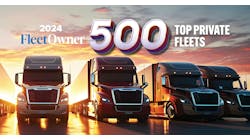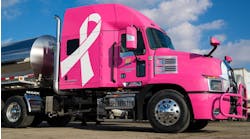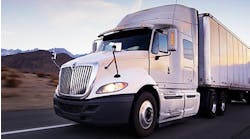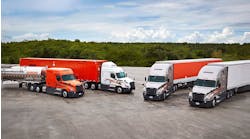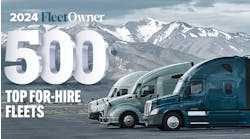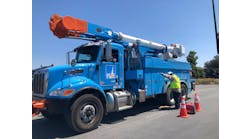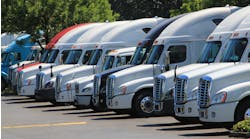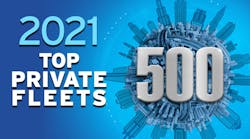More than 270,000 companies operate private fleets in the U.S., and in 2020, private fleets on file with the Federal Motor Carrier Safety Administration (FMCSA) totaled 799,342.
Private carriers own a fleet of trucks to support businesses in sectors like wholesale and retail, public utility, manufacturing, construction, and agriculture. According to the American Trucking Associations (ATA) 2020 Truck Trends data, out of the more than 1.8 million carriers operating in the U.S., some 44% are private carriers.
For 2021, FleetOwner has once again ranked the top 500 private fleets based on the number of trucks and tractors they operate while also identifying the industries they serve. The list is based on a FleetSeek database that collects information from the FMCSA’s Safety Measurement System.
This year’s list reflects much of the disruption that occurred over the last year amid the COVID-19 pandemic. Online ordering and home deliveries grew exponentially, forcing many private fleets to grow their capacity and add new assets to their operations. There are at least 100 new entrants included in this year’s list compared to the previous years’ 500 lists. And telling of the current environment, many of these newer entrants operate in the food products, home services, construction, and utility sectors.
“Private fleets have really had an opportunity since the COVID crisis to shine even brighter,” noted Gary Petty, president of the National Private Truck Council (NPTC). “I think for that reason we are seeing more fleets growing and devoting more attention to finding and keeping quality drivers.”
Petty pointed out that year over year, driver capacity constraints are by far the number-one issue for private fleet operators. All private fleets, he explained, are working a little harder to up their game when it comes to recruiting, onboarding, incentivizing, and getting the right combination of pay package and equipment to find and retain that next great driver.
Data from NPTC benchmarking reports also indicates that private fleets are increasingly focused on implementing more sophisticated equipment and technology that require more data analysis.
“What we’re seeing is more fleets are focusing on more critical data rather than trying to analyze all the data that’s available from different sources,” Petty said, adding that fleets are also relying more on driver-facing cameras.
The most successful private fleets tend to make a science out of re-examining their business model, Petty added. They scrutinize how many trucks and drivers are delivering what percentage of product outbound and inbound, and they also examine when it makes sense to outsource to a third party.
As more companies and the public in general realize that transportation is an essential business, private fleets are also under increased scrutiny, particularly when it comes to managing costs and efficiency. That means private fleet operators have had to become more advanced in understanding the best ways to measure optimization, cost, and safety.
“The private fleets that are growing more successful are on a continuous path of continuous improvement, and they’re on a system of continuous training and engagement,” Petty explained. “They’re keen on looking for new ways of doing things. It takes a sophisticated fleet manager to keep track of all the growing costs. The bar and expectations for fleet managers seems to rise every year.”
In the following document, we highlight this year’s top 500 private fleets. Top 10 lists have also been categorized by operating type and equipment.

